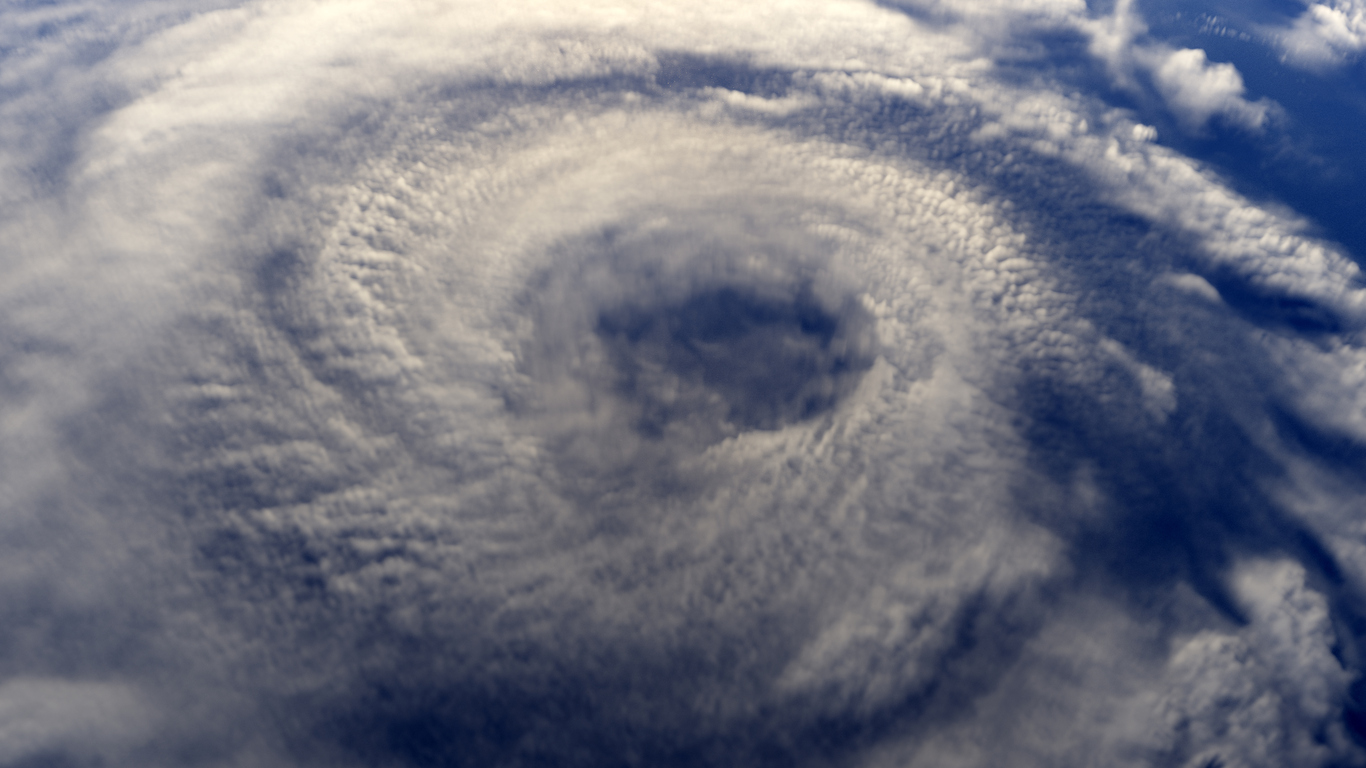The large majority of the insured loss, between $3 billion and $4.5 billion, is expected to occur in the U.S. with a lesser impact, of below $500 million, estimated for the Caribbean.
The storm brought damaging winds to Puerto Rico, the Dominican Republic, and the Bahamas as it tracked across the Caribbean over July 28th to August 1st.
Later, Isaias tracked up parallel to the Florida Coast before landfalling in North Carolina on August 3rd as a Category 1 Hurricane, with maximum sustained wind speeds of 85mph.
Jeff Waters, Senior Product Manager, RMS North Atlantic Hurricane Models, commented: “Although Isaias weakened to a tropical storm after landfall, it maintained its intensity as it moved up the U.S. east coast and underwent extratropical transition, due to its interaction with a strong jet stream and favorable atmospheric conditions.
“As a result, many areas of high exposure, especially in the Mid-Atlantic and Northeast, were subject to stronger winds and wind gusts than would otherwise be expected, especially in coastal areas of these regions. It’s another example of how impactful low intensity storms can be.”
Looking at the U.S. portion of the loss, and RMS states that this up to $4.5 billion estimate includes wind, storm surge, and inland flood losses across parts of the Southeast, Mid-Atlantic, and Northeast regions.
The insured loss estimate in the U.S. reflects property damage and business interruption to residential, commercial, industrial, and automobile lines of business. Additionally, RMS notes that this estimate includes factors for post-event loss amplification and non-modelled sources of loss, including the ongoing COVID-19 pandemic.
The catastrophe risk modeller says that in the U.S., it expects most of the insured loss to impact residential lines of business.
Pete Dailey, Vice President, Product Manager, RMS, said: “The large number of affected exposures, especially in the Mid-Atlantic and Northeast U.S., are likely to produce large claims volumes. Pressure to settle these claims quickly may lead to claims inflation. We also considered the impacts of the COVID-19 pandemic. We expect fewer loss inspections following this event, potentially causing prolonged repairs and recovery times, both of which tend to inflate claims costs.”
As mentioned above, the U.S. insured loss total also includes an estimate of NFIP losses, which RMS derived using its view of NFIP exposure based on the 2019 NFIP policy-in-force data published by FEMA in 2019.
The risk modeller expects that the majority of the overall U.S. insured loss will be driven by wind, with storm surge anticipated to account for under 10% of the total losses.
Turning to the impact of the storm on the Caribbean, and RMS’ estimate includes wind-only losses, which it expects to be less than $500 million. This loss estimate includes property damage and business interruption to residential, commercial, and industrial lines of business.
This insured loss estimate from RMS comes after cat risk modeller KCC estimated that Hurricane Isaias will drive an insured loss of $4 billion in the U.S., and $200 million in the Caribbean.













